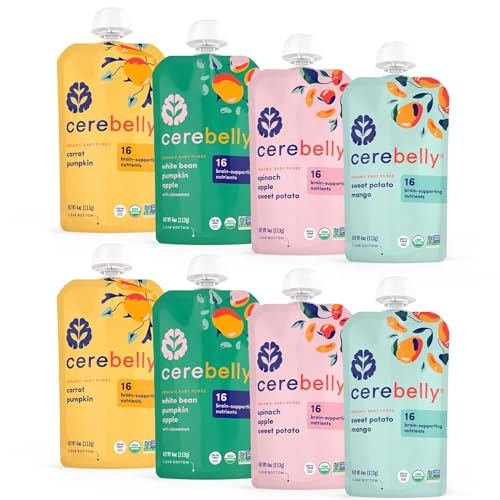Sagebrush":274kwfg4 said:
I would make the suggestion of using the same buck on her as the other doe. Maybe that way there the genetics are completely different. My hope is that they don't have this happen again.

Though if it does happen again then we would know that it is passed from Mucky and is a dominant gene mutation.
My meat bucks are a bit large for her. (she's 6.5 lbs) Anyone have a rex or mini rex buck they could stud??? I think using a rex would produce a more accurate test, as it's possible some of the genes in question require rex for expression.
I've used three different Velveteen bucks with Mucky, and have had problems each time.
I've used all three of those velveteen bucks with my meat does with no trouble. One buck, who was said to have been curly as a kit, was bred to a mini rex doe as well, to see if rex was necessary to express the problems.
There was absolutely nothing abnormal about any of those kits. No curly coats, not swollen lymph nodes.
One buck even produced the best growing hybrids I've ever had. (5 lbs at 8 weeks, with Dovetuft)
And...thinking back, I haven't lost a single kit in my MEAT herd to digestive trouble since we lost the one to mucoid enteritis after the corn-in-the-feed incident last spring.
My only meat rabbit mortalities for the past year have been the occasional DOA kit, a runt who was born 1/3 the size of the others and just couldn't compete, and a couple that were pulled out of the nest (until I started bringing all the boxes in during winter months.) and one doe who lost a litter because she simply forgot to pull hair. (chalked up to having brought her in as an adult and being stressed from the move, as she had a good record for Smara, and she has a good litter for me now.)
Only the v-lop kits had a variety of digestive problems, low energy, swollen nodes, etc. One of the oddest problems was the two kits (from two different v-lop bucks and Mucky) who simply could not survive on pellets, and had to be fed on greens, oats, boss, and hay.
__________ Sat Mar 28, 2015 4:15 pm __________
If it helps put pieces together, I did check livers carefully, and didn't see any sigh of cocci (although I know there are low levels present around here, it hasn't been a problem. )
From a kit I euthanized for swollen nodes:
Liver looks good to me, spleen seems enlarged. The lighting may be contributing to the pale appearance.
__________ Sat Mar 28, 2015 4:37 pm __________
The woman I bought Mucky from did tell me that she heard other breeders (specifically in the NE US) were getting out of them rapidly due to heath issues, Later I discovered that Mucky's mother was diagnosed by a vet to have some sort of nutrient uptake problem (a rather questionable diagnosis IMO) She was given vitamin shots for a year until she died at age 2.
Now, despite having asked repeatedly, I cannot seem to get any more information from that person. I would
really like to know the status of the two doelings she had taken from Mucky's first litter.




























































